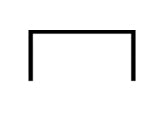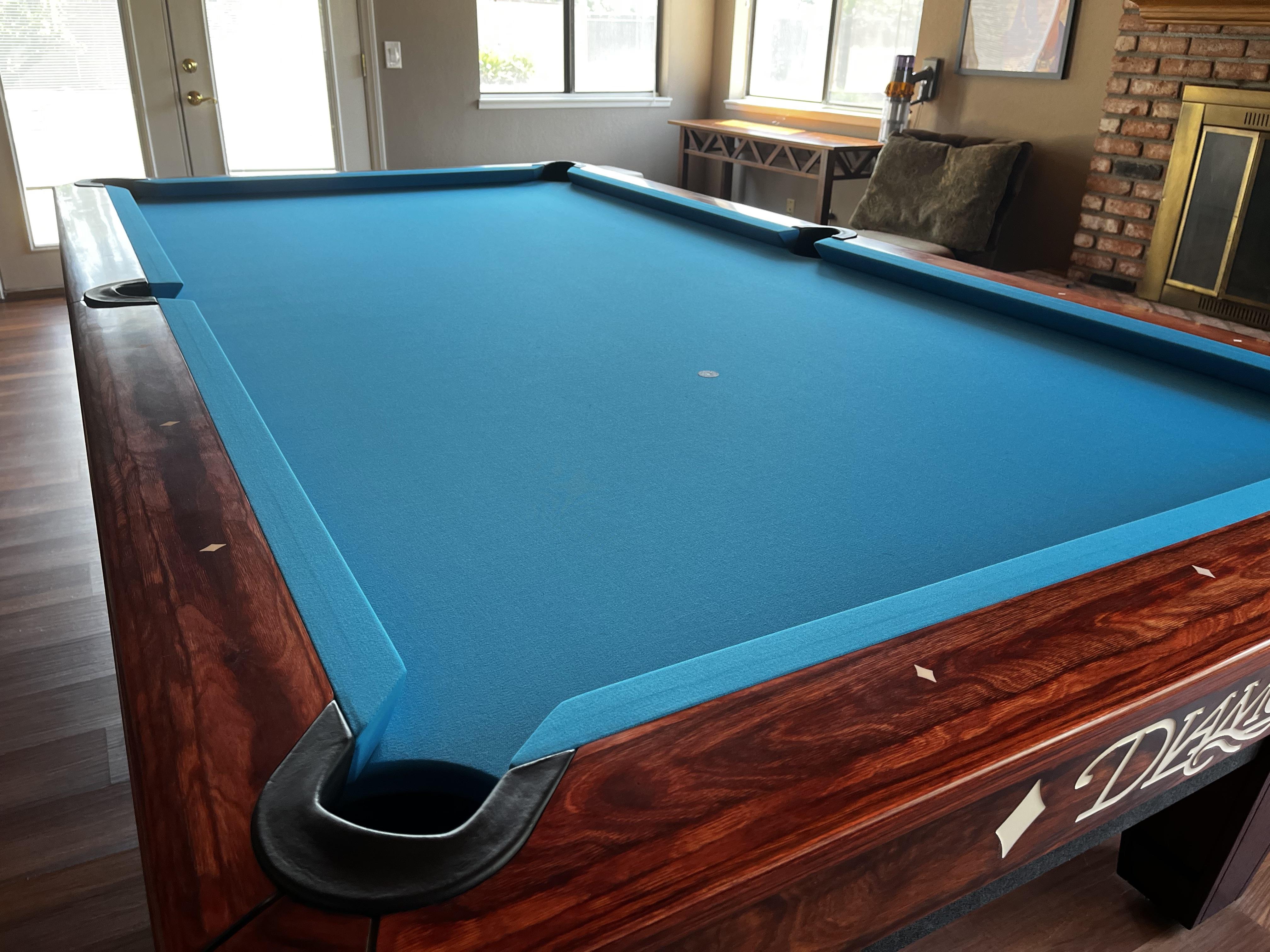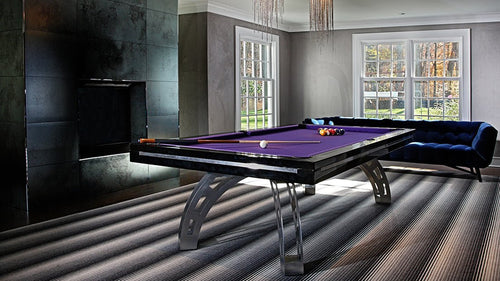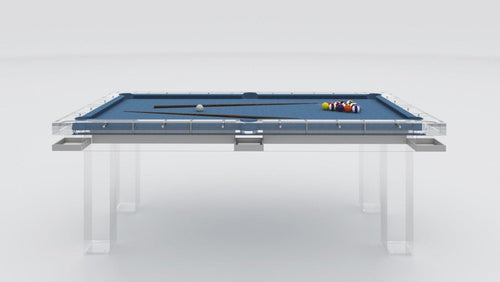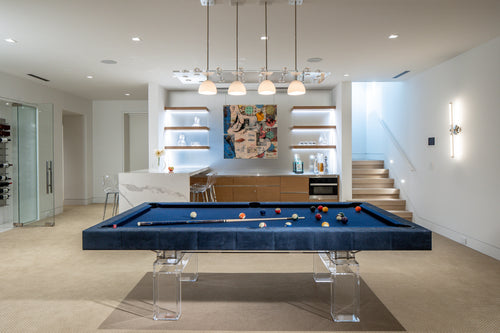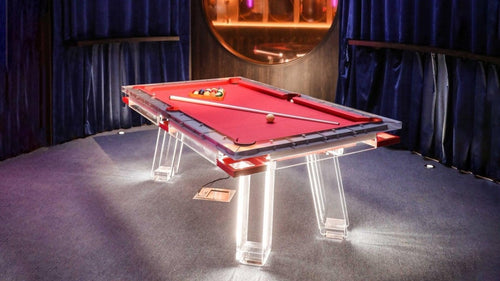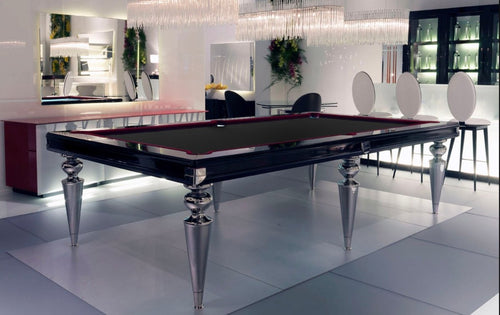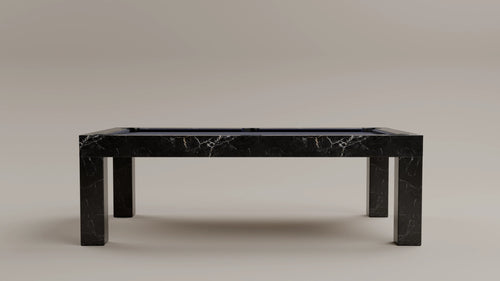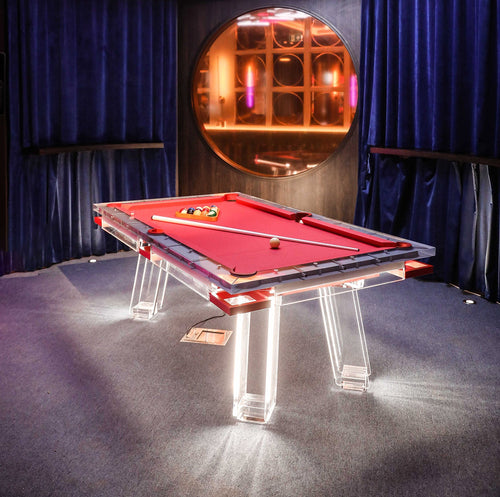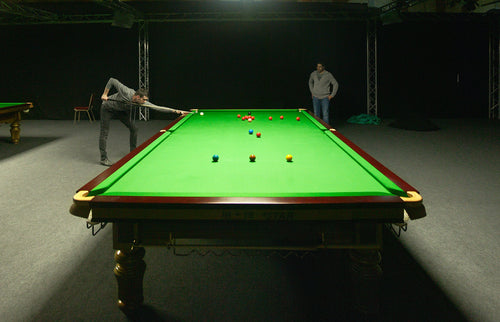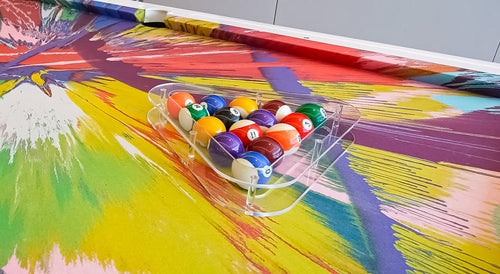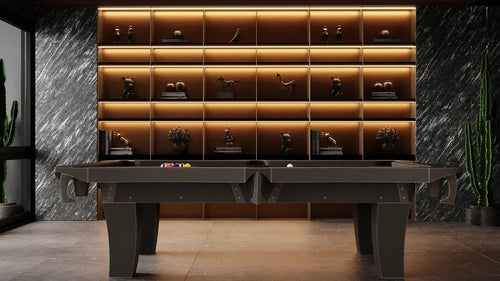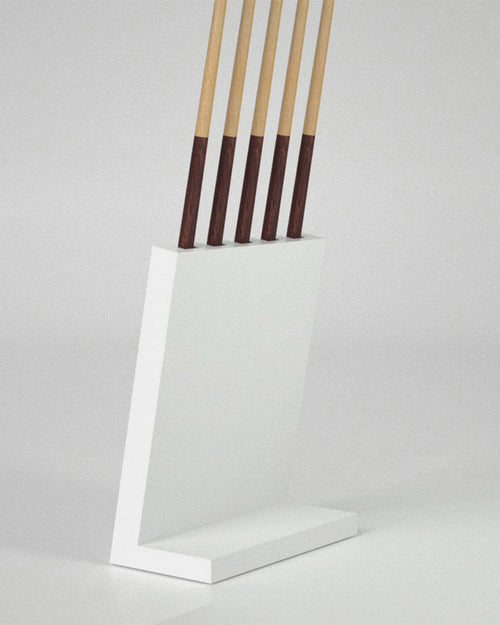Enjoy our modern designs
The Diamond System uses the table’s diamond markers to calculate angles for kick and bank shots. By assigning numerical values to each diamond and pocket, players can accurately position the cue ball or object ball, even when a direct path is blocked. It transforms “feel” shots into precise, predictable plays—making it a go-to strategy for serious pool enthusiasts.
Table of Contents
What Is the Diamond System?
The Diamond System is a method of using the table’s diamond markers to plot angles for both kick and bank shots. Each diamond (and pocket) is assigned a numerical value. By matching these values across rails, you can establish the exact angle to get the cue ball—or the object ball—where you need it.
Why It Matters
Predictable Angles: A clear, repeatable guideline for aiming on the rail, removing much of the guesswork.
Consistent Results: Understanding the math behind the system ensures reliability for nearly any bank or kick scenario.
No Guesswork: Diamonds serve as tangible reference points, so you’re not relying solely on “feel” when a shot is blocked.
Basic Diamond Counting
Numbering the Diamonds
- Diamonds are often assigned values in increments of 10 (0, 10, 20, 30, 40, etc.).
- The pocket nearest your cue ball is typically “0.” The first diamond is “10,” the second “20,” and so on.
Mirroring Across Rails
- Opposite rails “mirror” each other’s numbers. If a near rail diamond is 10, its far rail counterpart is also 10.
- This mirroring concept forms the angle you want—the angle in equals the angle out.
- Example: Cue ball at the 20 on the near rail means you aim at the 20 on the opposite rail.
Using the Diamond System Step-by-Step
- Identify Your Target Pocket: Label that pocket “0,” then count up the diamonds in increments (10, 20, 30, etc.).
- Align the Cue Ball’s Position: Pinpoint which diamond (or half-diamond) the cue ball is on. This becomes your “starting value.”
- Aim at the Corresponding Diamond: Match the cue ball’s number to the opposite rail’s same number.
- Use Center-Ball Stroke: Avoid side spin (English) initially; it alters angles and complicates calculations.
Going Beyond the Basic Lines
Outside the Furthest Diamond
If the cue ball sits beyond the last diamond (for instance, 80 or 100), you can keep counting in increments of 20 (60, 80, 100, etc.). Then you halve that number to find the opposite rail’s target diamond. For example, 100 on one side might translate to aiming at 50 on the other.
Parallel Shift Method
- Between Diamonds: If you’re between the 20 and 30 marks, first imagine the nearest “natural line” (like 20–40).
- Shift the Line: Move your imaginary shot path parallel until it lines up with where the cue ball actually is.
- Aim Accordingly: If you shift by half a diamond on the cue ball side, shift half a diamond on the opposite side too.
Practical Examples
Cue Ball at 20, Target Pocket = 0
- Near Rail: 20
- Opposite Rail: 20
- Aim: The 20 diamond.
- Stroke: Light, center-ball hit for consistent rebound.
Cue Ball at 40, Target Pocket = 0
- Near Rail: 40
- Opposite Rail: 40
- Aim: The 40 diamond.
- Result: Same principle—angle in equals angle out.
Cue Ball Outside Furthest Diamond (100)
- Near Rail: 100
- Opposite Rail: Half that—50
- Aim: The 50 diamond.
- Tip: Stick to center-ball to maintain geometry.
Parallel Shift (Between 20 and 30)
- Natural Line: Identify something like 20–40.
- Visualize & Shift: Align along 20–40, then slide your cue parallel to the real cue ball position.
- Aim: Adjust the opposite diamond by the same shift.
Common Pitfalls
Using Too Much English: Side spin alters the cue ball’s path. Master straight “diamond” angles first, then experiment with spin.
Aiming at the Wrong Spot: Focus on the exact diamond, not the cushion before or after it.
Overpowering the Shot: Striking too hard can distort rebound angles. A controlled, medium-speed stroke helps maintain consistent geometry.
Closing Thoughts
The Diamond System offers a reliable blueprint for precision banking and kicking in pool. Practice simple setups—like aiming 10-to-10 or 20-to-20—until you can execute them consistently without spin. Once you’re comfortable, tackle more advanced positions, including parallel shifts or higher diamond values like 80 or 100. By combining controlled strokes with accurate diamond counting, you’ll elevate your banking game and take one step closer to dominating the table.

